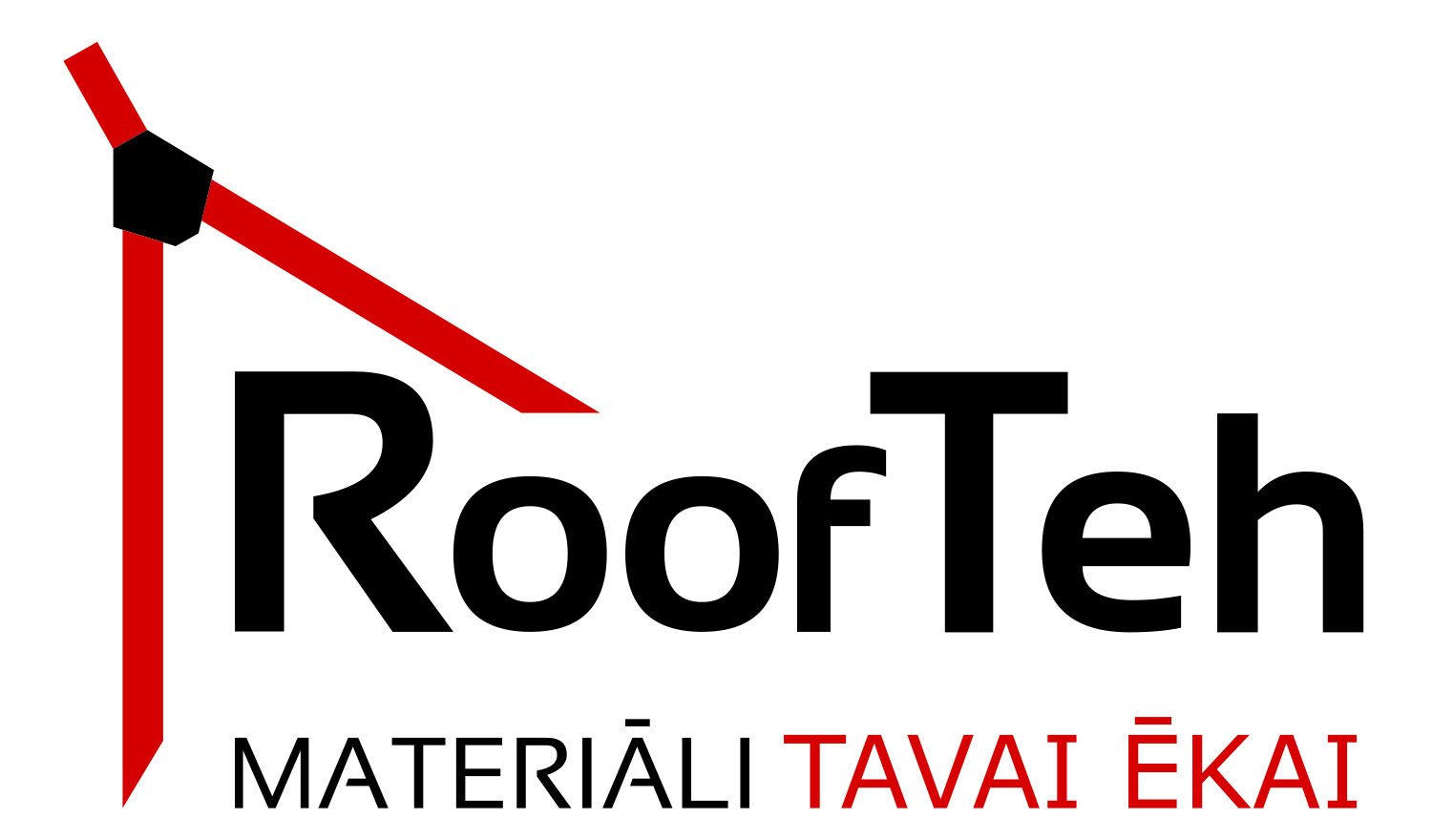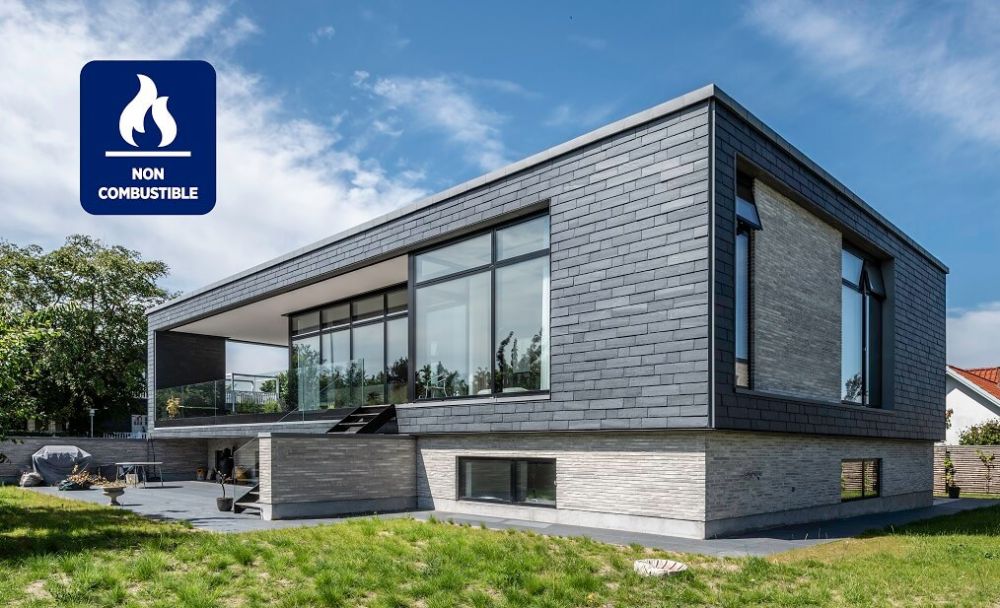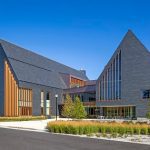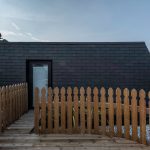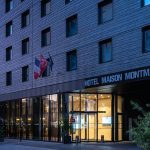The facade acts as the public face of the building. The visual appeal of a structure depends on its design aesthetics. However, the technical characteristics and performance of the facade are equally important, although they often remain in the background.
In a facade cladding system, which is the most effective solution for envelope needs, the choice of exterior material is extremely important. Thermal and acoustic performance, facade life and fire resistance depend on this choice.
Today, it is very important to ensure that you choose facade materials that meet fire resistance standards. This is because facade spread is one of the fastest ways for fire to travel through buildings. The properties of the system and the materials used in construction are essential to prevent the spread of fire.
All building materials must indicate their reaction to fire according to the European standard EN 13501-1. CUPA PIZARRAS natural slates are classified as A1, best classified as non-combustible materials.
The first moments of the fire are decisive. If the flames first come into contact with non-combustible material, this will slow down the overall spread. Also, burning materials produce black and toxic smoke, making it difficult for people to safely evacuate and extinguish the fire.
The aluminum construction of our natural slate cladding system CUPACLAD is also a non-combustible material. This combination of non-combustible exterior and structural materials offers a safe solution to fire prevention. Australian Standard 1530 Methods classified CUPACLAD as a ‘non-combustible material’.

Active and passive protection
The building has two different fire protection systems: active and passive. Both are necessary and complement the safety of citizens.
Active systems are so named because they require automatic or manual action to prevent a fire. Some examples are the installation of fire sprinkler systems, fire detection devices, smoke and heat extraction or manual fire extinguishers.
On the other hand, passive protection systems do not need to be activated in order to work. The main elements are the materials in which the structure is built: walls, doors and glass, which consist of non-combustible elements.
The role of passive elements is to slow down or contain a fire once it has started, for two main reasons: to provide additional time for people to evacuate and for emergency services to arrive.
Rain screen cladding systems use fire barriers to prevent the spread of fire. These elements are specially designed to limit the movement of fire in the building. For this purpose, it is important to use non-combustible materials for insulation, construction and facade cladding.
Due to its inherent properties, natural slate is fire-resistant and has proven this by reaching the A1 classification, which emphasizes its capacity.
Now that you know CUPACLAD’s unmatched performance, visit our project section to see the amazing designs made using our facade cladding system.
